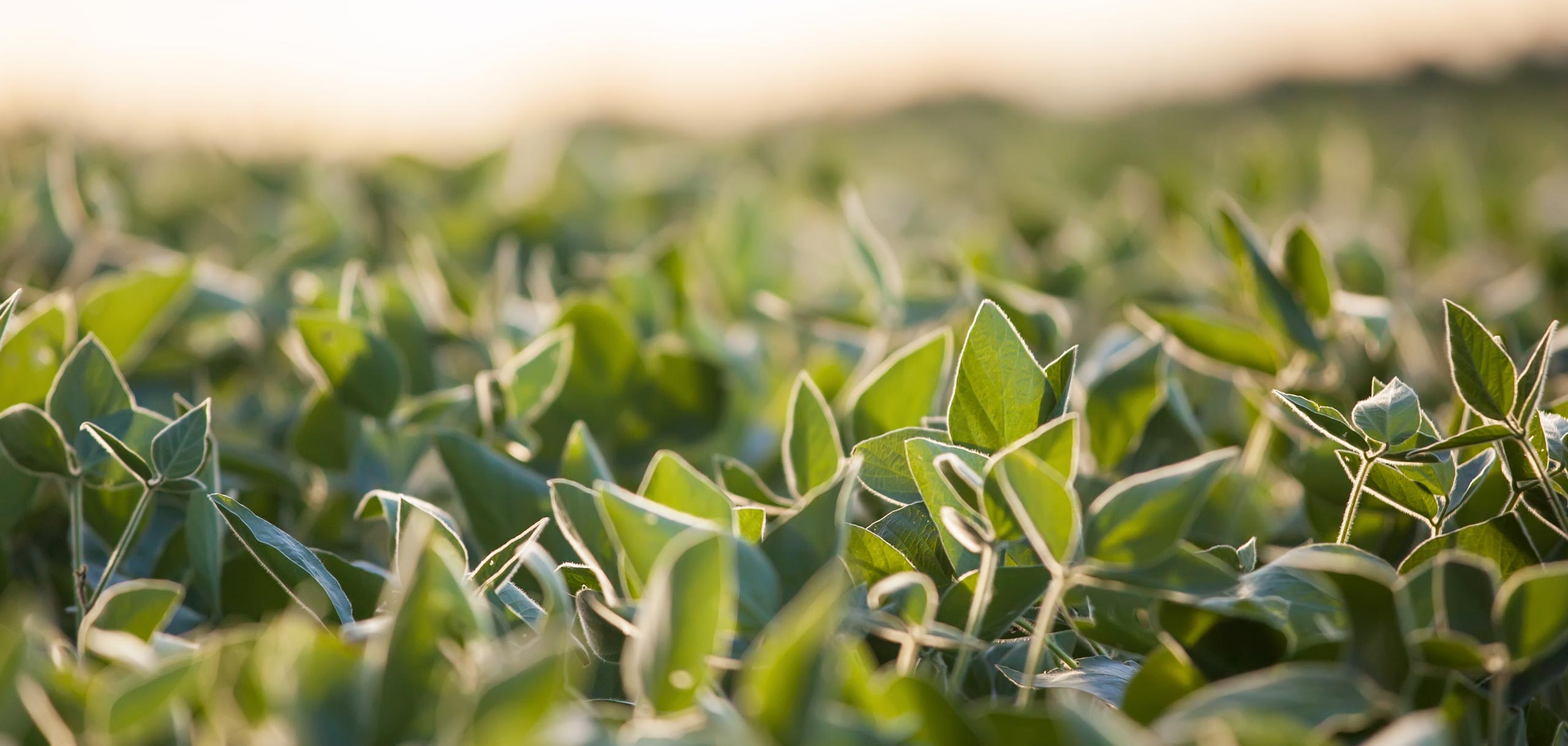USSEC Korea Conducted On-Site Visits with Jeju Flounder Growers to Gain Insight into Feeding Practices
- Category:
- General News

USSEC recently visited target flounder growers in Jeju, Korea to gain insight into the feeding practices currently in use. These visits are a follow-up measure to the roundtable held there in May. USSEC found that growers tended to give the fishes more extruded pellet (EP) feeds than required in order to reach market size (1 kg) as quickly as possible, resulting in digestive disorders and wasted feed. Feed conversion ratios (FCR: feed amount/kg weight gain) until fishes reach market size ranged between 1.2 and 1.5 while FCR recommended by fish nutritionists and feed millers is 0.9-1.1, clearly showing that feeds are being wasted and causing digestive disorders.
Based on the insight gained through these on-site visits, USSEC is preparing to host a second roundtable in August to suggest a feeding strategy focused on preventing waste derived from over-feeding. Target audiences to be included at this roundtable are 22 flounder growers in Youngduk and Uljin, Gyeongsangbuk-do who enrolled in the Korean government’s program to switch their feeds from fish-based moist pellet (MP) to protein meal-based EP.
